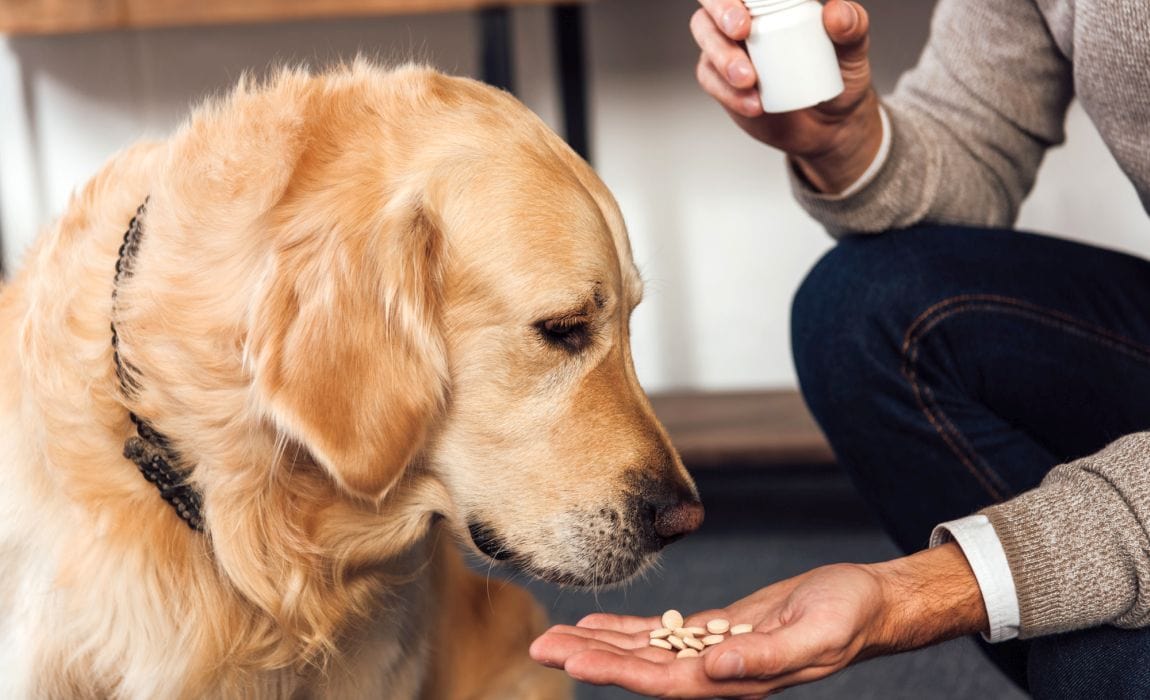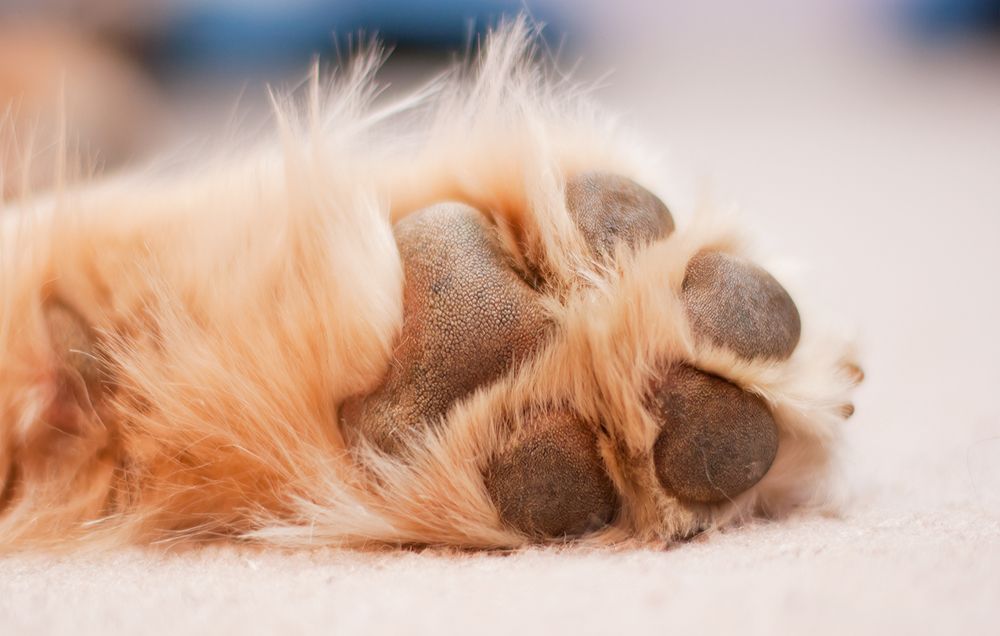As a responsible pet owner, it is essential to be prepared for unexpected situations, including dealing with a broken nail in your dog. While it may seem like a minor issue, a broken nail can cause pain and discomfort for your furry friend. In this comprehensive guide, we will provide you with detailed steps on what to do if your dog breaks his nail, ensuring his well-being and minimizing any further complications.
Assess the Situation:
When you notice that your dog has broken his nail, remain calm and assess the situation. Observe the severity of the break, as it can range from a minor chip to a complete fracture. Examine the nail carefully for any signs of bleeding, inflammation, or exposed nerve endings.
Stabilize Your Dog:
If your dog is in pain or anxious, it is crucial to stabilize him to prevent further injury. Gently restrain him by securing a leash or having someone hold him while you examine the broken nail.
Control the Bleeding:
If there is bleeding, apply gentle pressure using a clean cloth or gauze pad. Keep in mind that a broken nail can result in significant bleeding due to the numerous blood vessels present in the nail bed. If the bleeding doesn’t stop within 10 minutes or seems excessive, consult your veterinarian immediately.
Clean the Wound:
Once the bleeding is under control, clean the affected area with a mild antiseptic solution. Avoid using harsh chemicals or irritants that can cause further discomfort. Ensure that you clean around the broken nail, removing any dirt or debris that might be present.
Trim the Broken Nail:
If the broken nail is long or jagged, carefully trim it to prevent further snagging or tearing. Use pet-specific nail clippers or a file designed for dogs. Be cautious and avoid cutting into the quick, which is the sensitive part of the nail that contains nerves and blood vessels.
Topical Antibiotics:
To prevent infection, apply a thin layer of pet-safe topical antibiotic ointment to the affected area. This will help protect the wound as it heals. However, avoid using human products, as they may contain ingredients that could be harmful to dogs.
Provide Pain Relief:
If your dog is displaying signs of discomfort, consult your veterinarian for appropriate pain relief options. They may recommend over-the-counter medications or prescribe suitable pain relievers to ensure your dog’s comfort during the healing process.
Bandaging (If Applicable):
In some cases of severe nail breaks, bandaging may be necessary to protect the wound from further damage. However, it is essential to consult your veterinarian before attempting to bandage your dog’s nail, as improper bandaging can hinder healing or cause additional complications.
Monitor for Infection:
Keep a close eye on the broken nail site for any signs of infection, such as increased redness, swelling, discharge, or foul odor. If you observe any of these symptoms, seek veterinary attention promptly. Infections can lead to more significant issues if left untreated.
Prevent Future Incidents:
To minimize the risk of your dog breaking a nail in the future, take proactive measures:
- Regularly trim your dog’s nails to maintain an appropriate length.
- Avoid walking your dog on rough or abrasive surfaces that can cause excessive wear and tear on the nails.
- Provide your dog with a well-balanced diet that promotes healthy nail growth.
- Engage your dog in regular exercise to strengthen his overall paw health.
Conclusion:
Handling a broken nail in your dog requires a calm approach and attention to detail. By following these steps, assessing the situation, controlling bleeding, cleaning the wound, and providing appropriate care, you can help your furry friend recover quickly and comfortably. Remember, if you have any concerns or if the break is severe, it is always best to consult your veterinarian for professional guidance and intervention.



